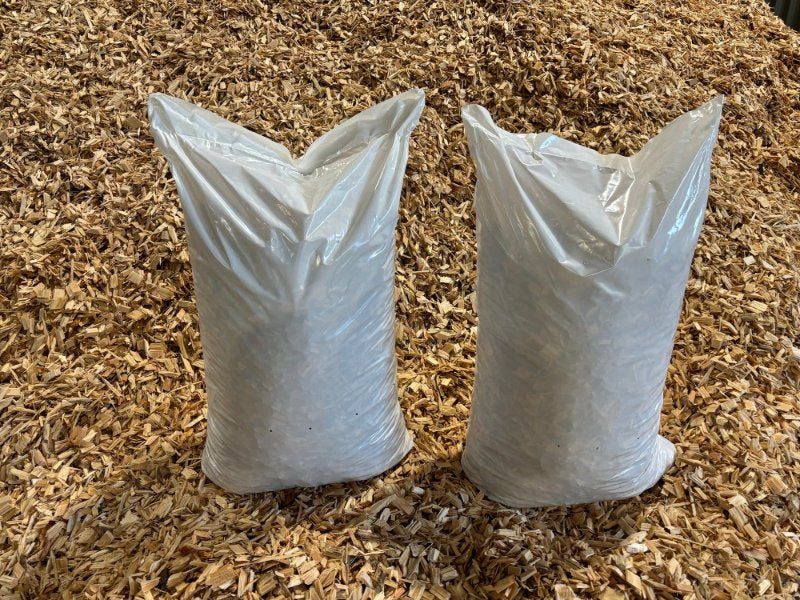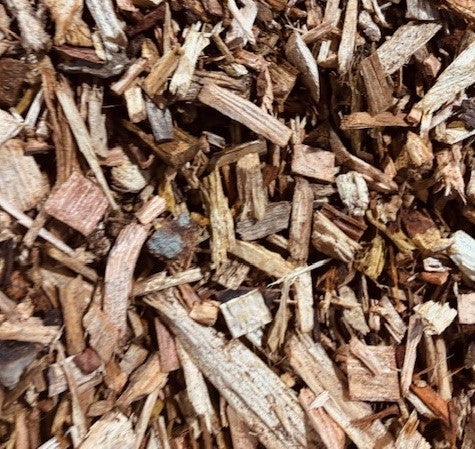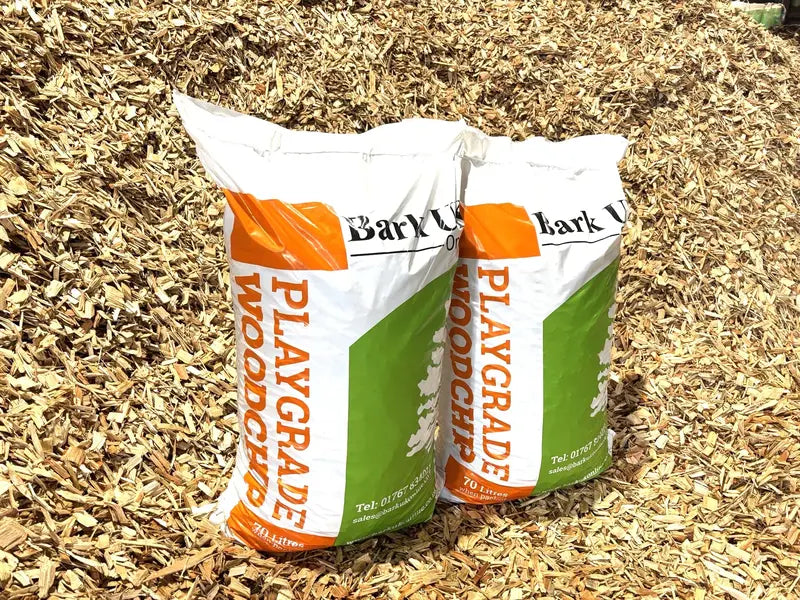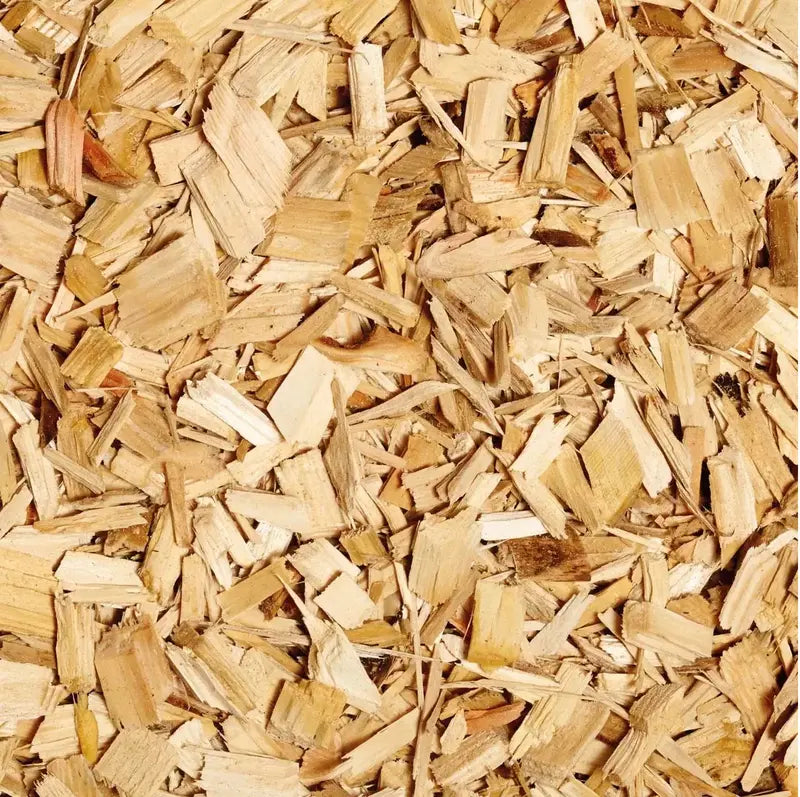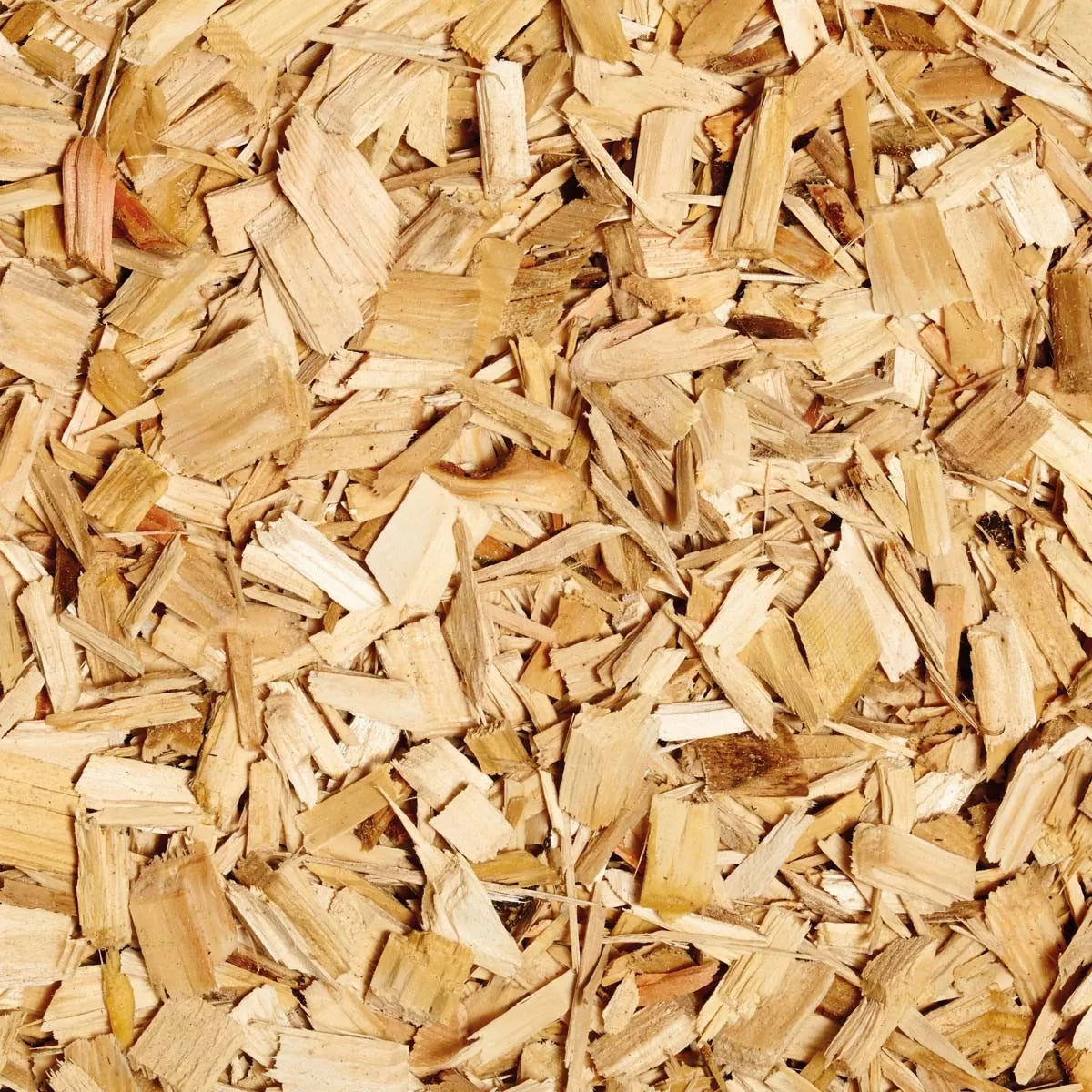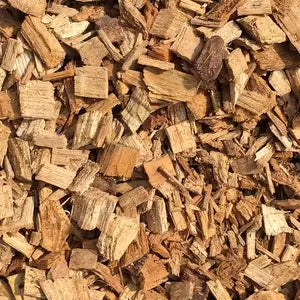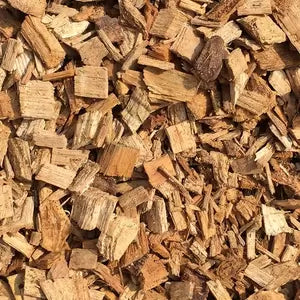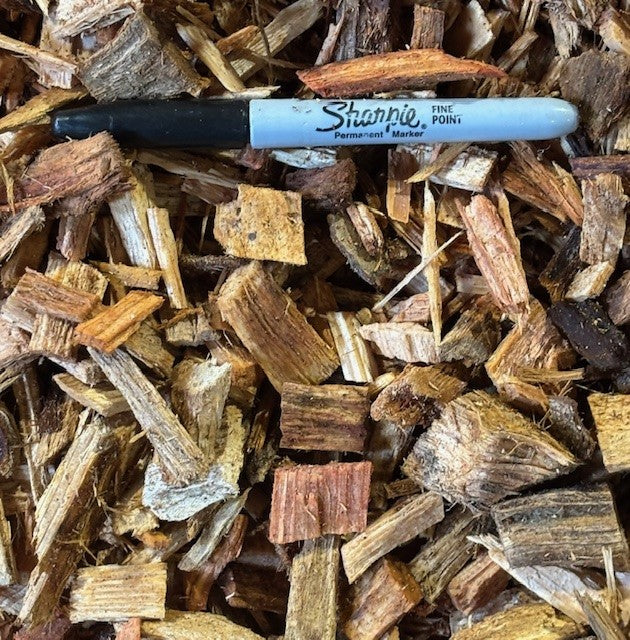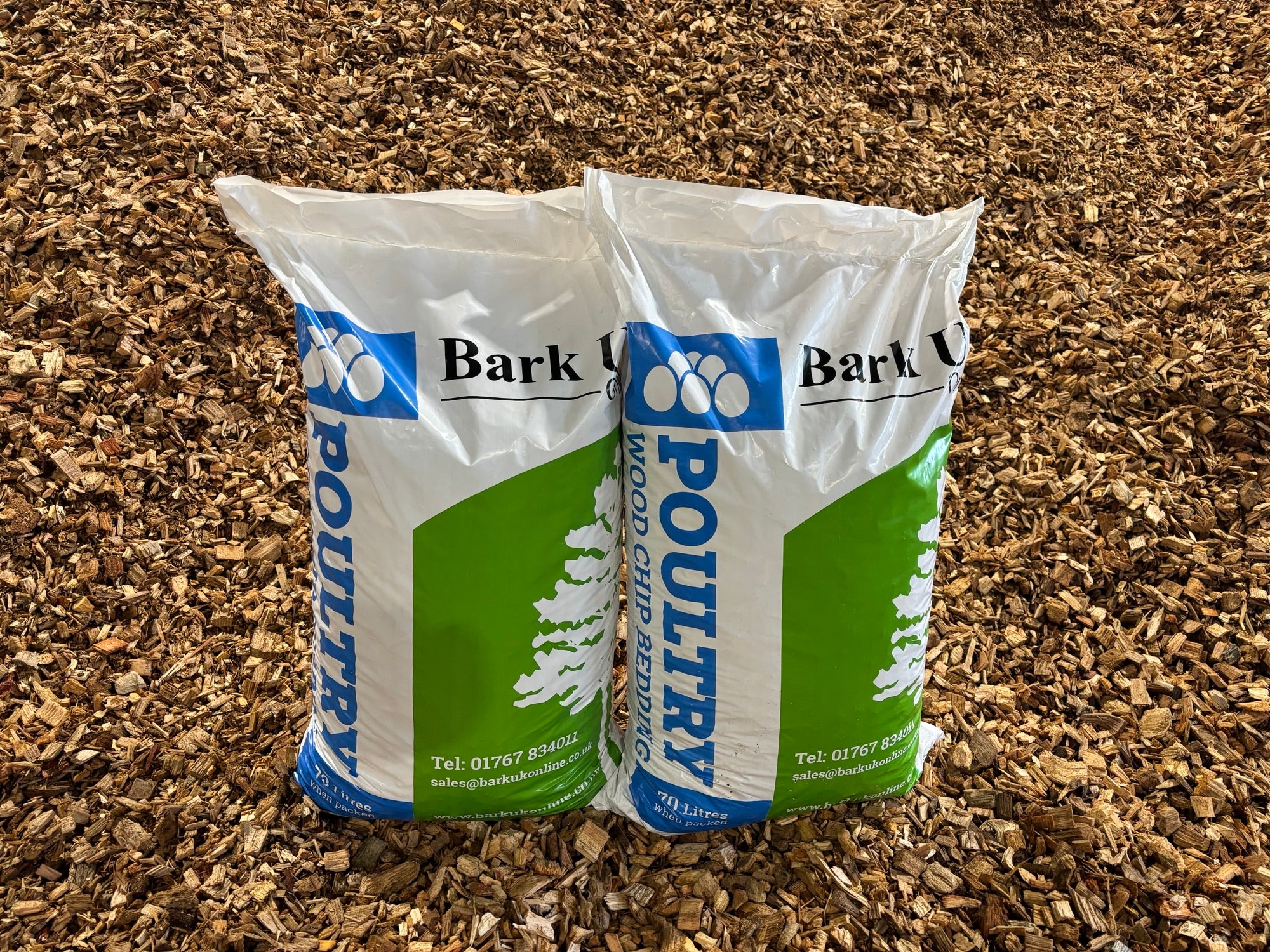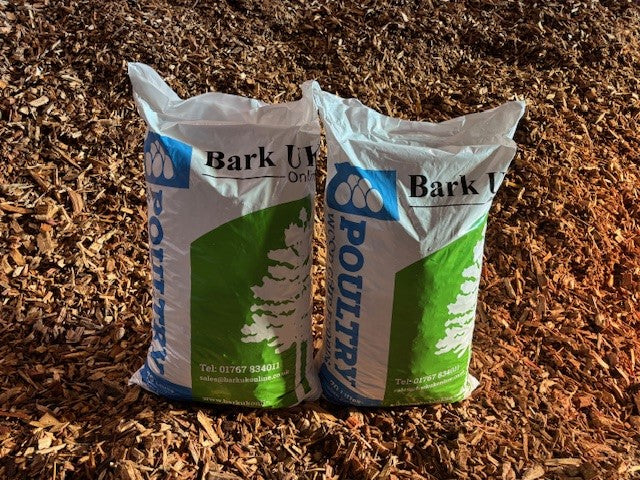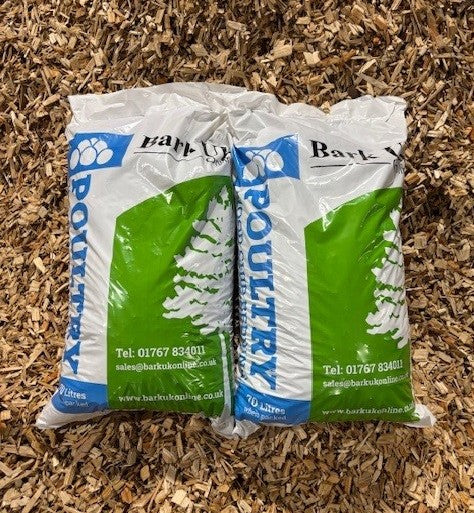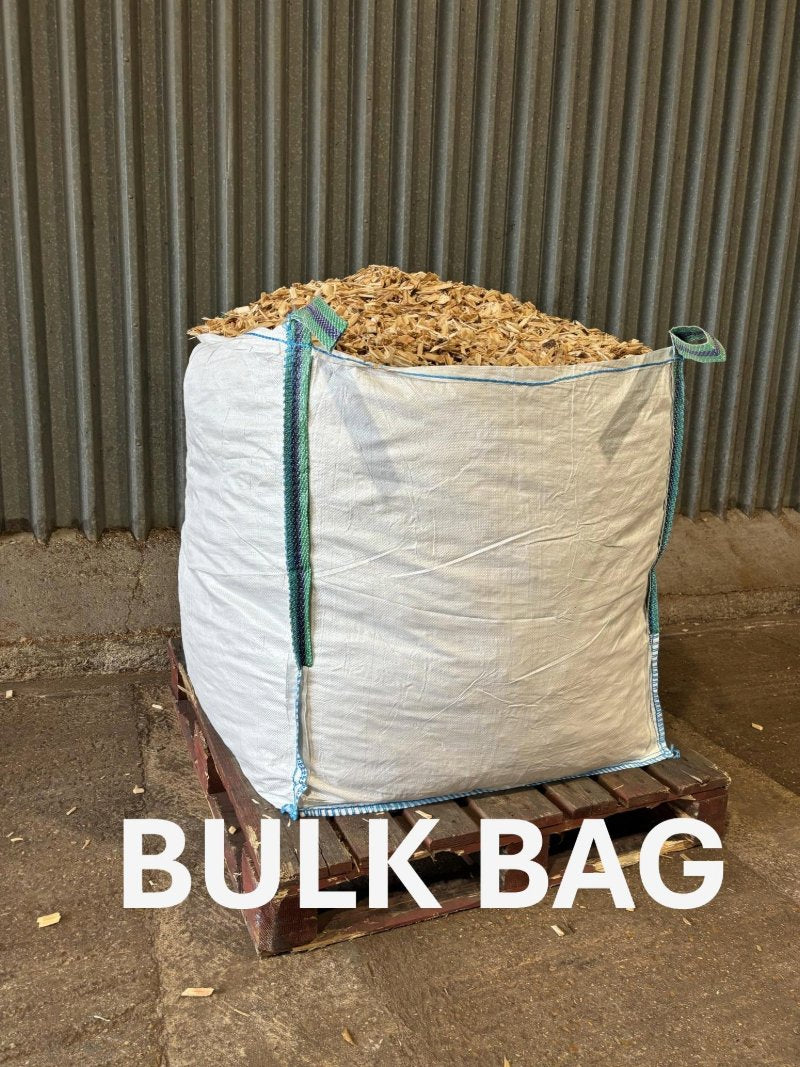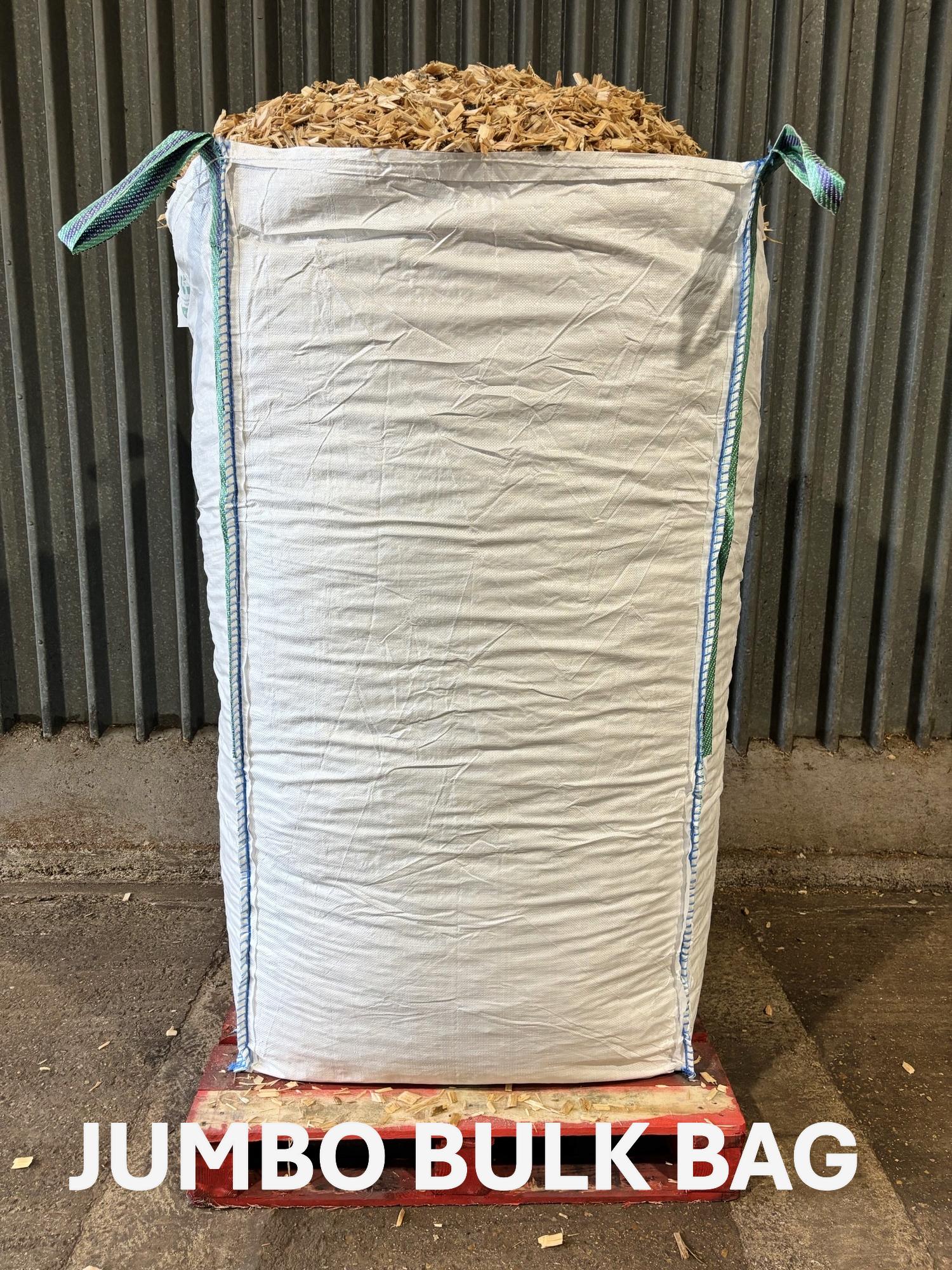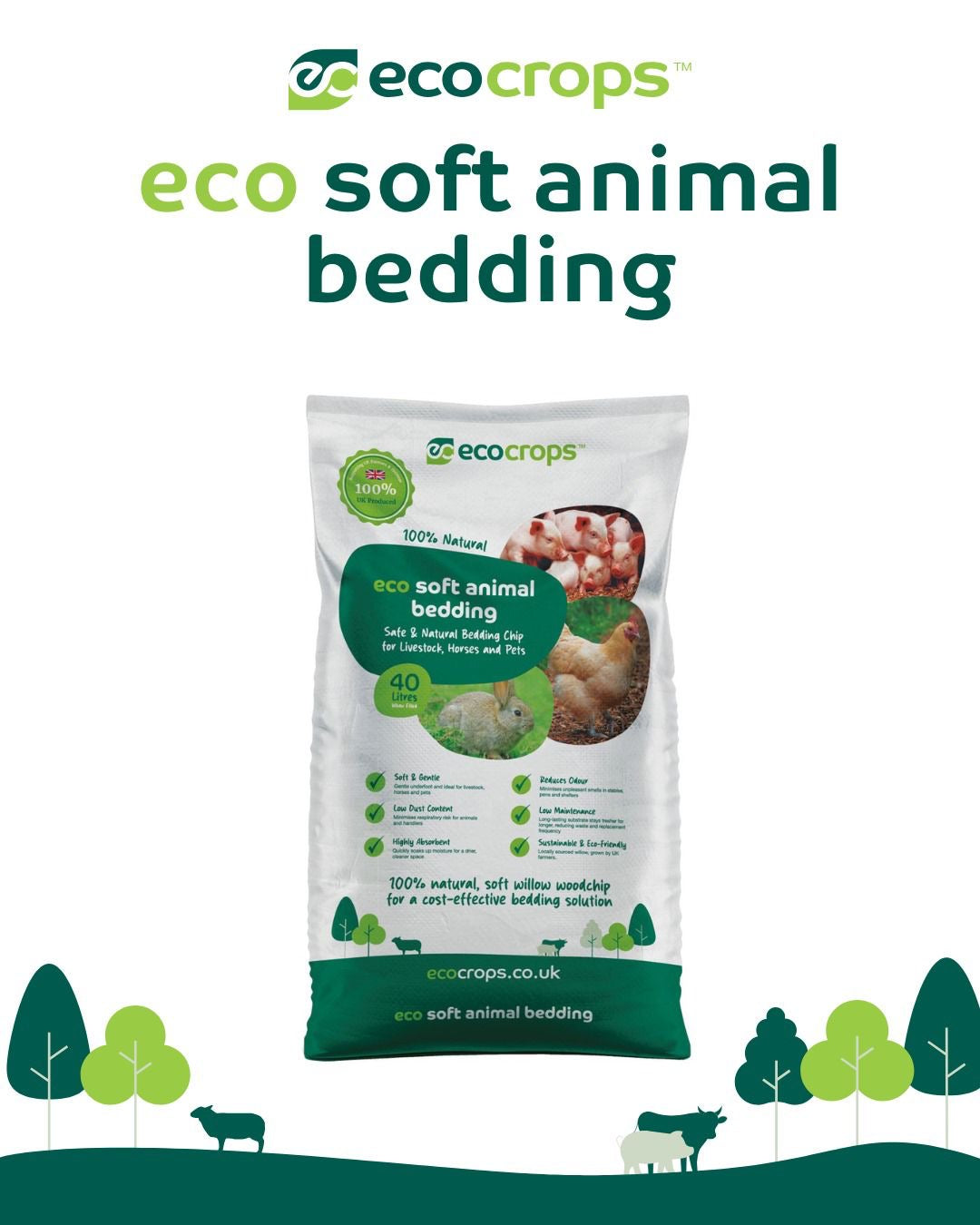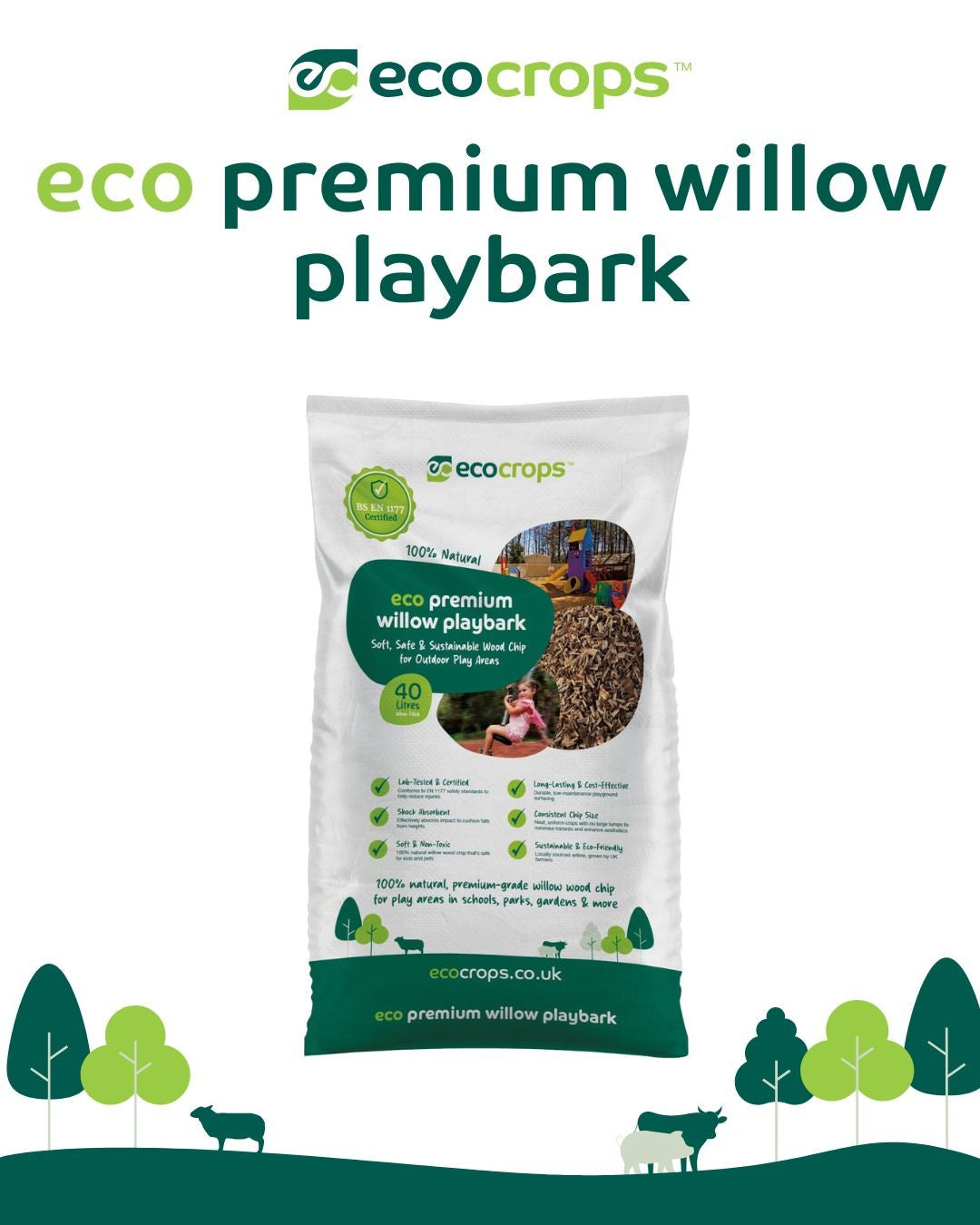Mulch Magic: Creative Ways to Enhance Your Landscape with Wood Chips
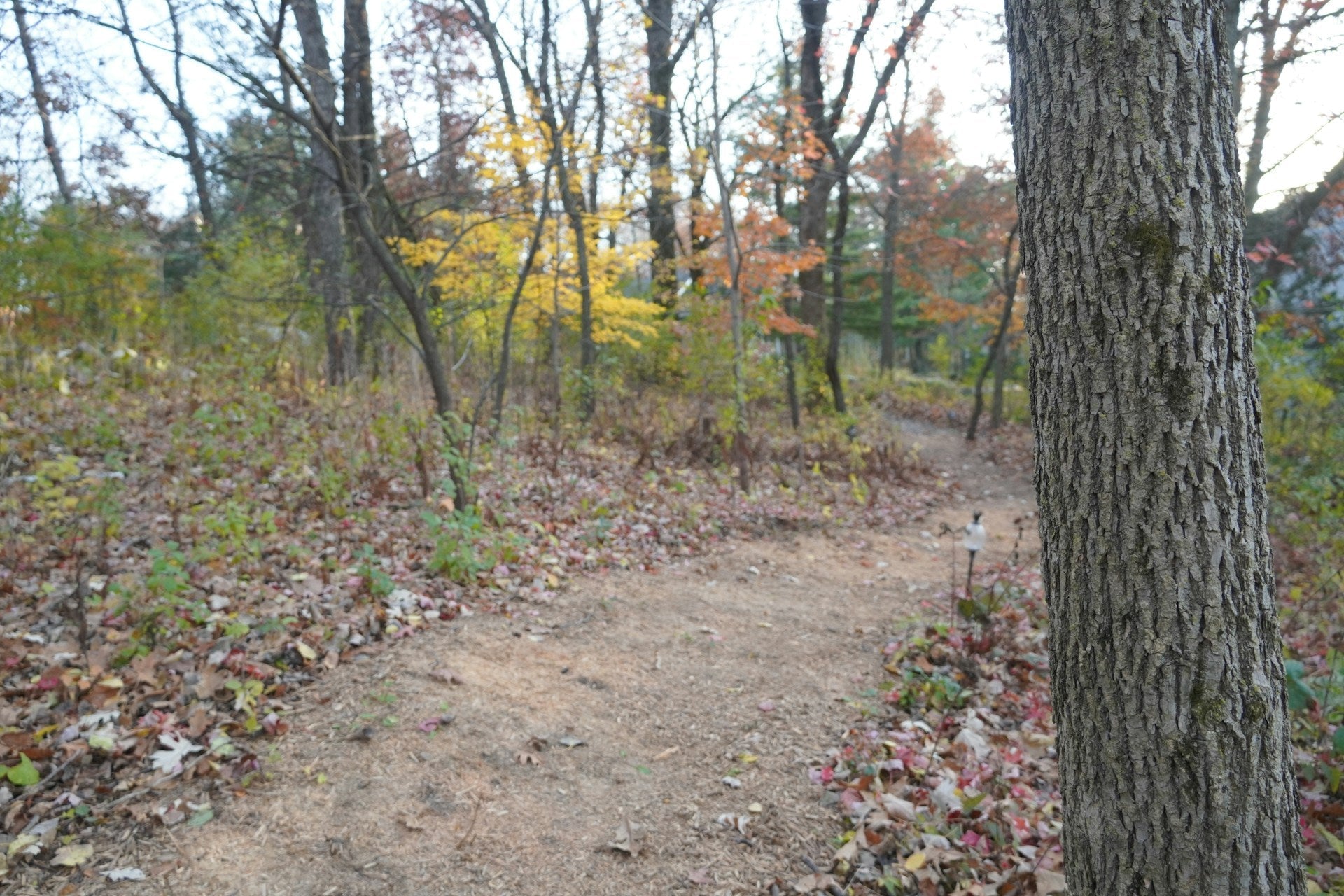
Rising temperatures and prolonged dry spells can place considerable stress on garden ecosystems. Soil dries out faster, delicate root systems are exposed to heat, and maintenance demands often increase. Using wood chips in advance of summer provides a buffer against many of these seasonal pressures. Their ability to regulate moisture, suppress weeds, and support soil health makes them especially useful at this time of year. This article explains how wood chips can help when preparing your garden for summer, both in design and function.
Understanding Wood Types and Chip Sizes
Not all wood chips are interchangeable. Deciduous hardwoods like oak and beech break down slowly, making them ideal for long-term surface applications, while softer woods such as pine decompose quicker and suit shorter seasonal rotations. The chemical profile of the wood also affects soil pH and microbial communities, which means selection should be guided by planting goals. Smaller chips integrate more easily with topsoil but can compact under frequent use, while coarse chips offer airflow and drainage benefits in heavier soils. A well-matched chip type ensures landscape features stay consistent in structure and function.
Chip size plays a critical role in usability. Fine particles are suitable for intricate edging or shallow beds, offering high coverage with minimal volume. Medium-grade chips strike a balance between longevity and soil conditioning, making them suitable for most general pathways or planting zones. Coarser materials provide drainage and resistance in high-traffic areas such as communal walkways. Texture contrast between chip types can be used to highlight functional zoning within the same space. Selection should always take into account footfall, moisture levels, and exposure.
Designing With Contrast and Definition
Wood chips bring clarity to garden layouts when used to separate zones visually and physically. A clean layer of chips along informal borders, around tree circles, or flanking lawn edges can define space without introducing hard lines. Unlike paving, chips shift slightly underfoot, adding softness while still containing growth. This makes them ideal for child-friendly areas or gardens with more organic flow. Deliberate use of light and dark chip variants also builds contrast without clashing with planting schemes.
Contrast doesn’t need to be decorative to be effective. Use chips to differentiate paths from seating zones or vegetable beds from ornamental sections. These divisions serve both practical and aesthetic purposes, helping visitors navigate intuitively. Low-growing groundcovers can be interspersed with chip pathways for transitional zones. Bark UK offers blends that maintain visual balance while resisting fade, even in full sun. Keeping design elements aligned with plant palettes prevents overcomplication.
Water Retention and Microbial Health
Consistent moisture control is essential in any planting plan. Wood chips provide a stable cover layer that reduces water evaporation and buffers soil from temperature swings. When correctly applied, chips maintain the microclimate required by perennials and saplings alike. Their natural composition supports gradual nutrient cycling, easing reliance on chemical inputs. Matching chip depth to root systems further protects against desiccation during dry spells.
Microbial health in the upper soil layers relies on oxygen and organic input. Chips act as a semi-permeable buffer, allowing air and water exchange while preventing compaction. Fungi and beneficial bacteria thrive beneath wood layers, creating symbiotic relationships that support plant growth. Bark UK’s processed blends are free from contaminants and help stabilise soil without introducing foreign pathogens. Over time, this creates a healthier baseline from which new growth can emerge.
Seasonal Adjustments and Functional Rotation
Landscapes shift with the seasons, and mulch applications should evolve accordingly. Thicker layers in winter insulate soil and reduce frost penetration, while thinner spreads in spring allow soil to warm more quickly. Adjusting chip depth and location based on seasonal growth patterns can improve outcomes in border health and seed germination. Deciduous chip varieties are particularly useful in colder months due to their slower decomposition rates.
Rotation prevents buildup and supports soil structure long-term. Replacing worn layers before compaction sets in keeps the ground breathable. Areas that see changing use (such as garden seating during summer and leaf collection zones in autumn) benefit from strategic chip redistribution. Bark UK stocks chip varieties suited to seasonal planning, enabling both protection and adaptability. Rotating garden mulch is not about replacing material, but repositioning it in service of function.
Incorporating Chips into Edible and Decorative Gardens
Edible gardens require materials that support plant health without leaching harmful compounds. Hardwood chips are particularly suited for perimeter paths and bed borders, offering a dry, clean surface for foot traffic. They also reduce weed pressure around vegetables and herbs, making maintenance simpler. Bark UK offers untreated options that are safe for use near food-producing plants.
Decorative sections benefit from structured contrasts. Chips in soft golds or dark browns can outline specimen plants or highlight seasonal blooms. Layering chips with gravel or brick edging creates a coherent, low-maintenance look. Avoid covering root zones directly in high-turnover beds where plantings shift frequently. Instead, frame the bed with chips to preserve access and shape.
Pathways, Play Areas, and Informal Seating Zones
Loose chip surfaces are excellent for shaping garden paths with natural contours. Unlike rigid materials, they follow ground undulations without causing drainage issues. When compacted correctly, they form a stable base with enough give to reduce impact strain. Paths lined with low edging hold chips in place and prevent migration during rainfall. Bark UK offers chip types with natural grip, suited for year-round use.
Play areas benefit from impact-absorbing surfaces. Coarse chips work well beneath swings or climbing frames where fall protection matters. Informal seating zones, such as shaded benches or firepit circles, also benefit from chip surfacing as it keeps shoes dry and suppresses weed growth. Choosing chips over paving retains the organic feel of outdoor space without sacrificing functionality.
Colour and Texture Matching for Cohesive Design
Colour choice in mulch influences overall perception of the landscape. Dark chips create contrast in pale plantings, while light tones soften dense borders. Matching mulch colour to architectural elements like fences or garden furniture ties the space together visually. Bark UK supplies a range of naturally coloured chips that maintain tone over time without artificial staining.
Texture also shapes how spaces feel underfoot and to the eye. Mixing fine and coarse textures adds depth to otherwise flat areas. Visual balance comes from repeating elements sparingly rather than using uniform textures throughout. This keeps the layout from feeling monotonous. Consider surrounding paved areas with textured chips to soften transitions and increase usability.
Why Wood Chips Belong in Every Corner of Your Garden
Long days and intense heat place greater demands on both soil and planting structure. As summer approaches, a stable surface layer becomes critical in helping gardens retain moisture and reduce heat stress. Wood chips can provide that buffer, easing the pressure on root systems and helping to keep soil conditions consistent. When placed with care, they limit evaporation, control weed growth, and reduce the need for daily watering.
We regularly feature other great ideas from the Bark UK blog, showcasing practical uses of our products in real outdoor environments. For paths, borders, beds, or seasonal use, there’s always a way to use chips intelligently.
Contact us to discuss your next project or browse our full range of materials.


